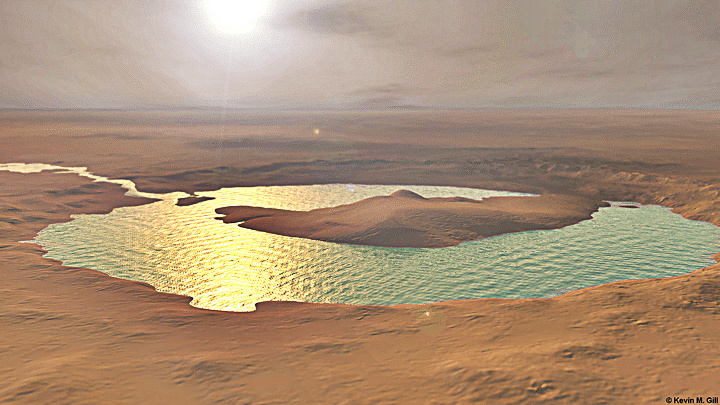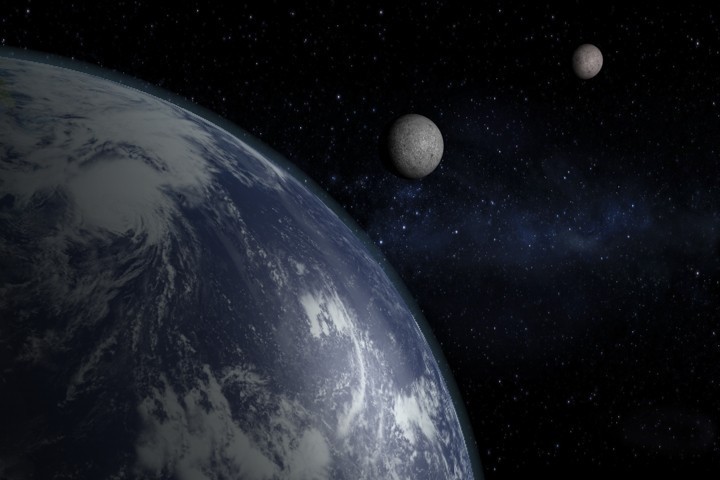Last year,
researchers observed 2016 HO3, an almost satellite of our planet. New and more
detailed observations, presented at the Annual Division for Planetary Sciences
Meeting, have now confirmed that the object is definitely an asteroid and not a
bit of space junk.
The
trajectory of 2016 HO3 is peculiar, to say the least. It orbits around the Sun,
and also around the Earth-Moon system, moving between 38 and 100 times the
distance between our planet and the Moon. So it’s close enough to make its
origin complex but a bit too far to be studied in detail.
To
understand 2016 HO3, Assistant Professor Vishnu Reddy and his team from the
University of Arizona decided to perform some ad hoc observations during a
close approach. The team wasn’t able to constrain its size – which is
definitely no larger than 100 meters (330 feet) – but could tell that it
rotates on its axis twice in an hour and reflects light just like asteroids do.
“While HO3 is close to the Earth, its small size – possibly not larger than 100 feet – makes it challenging target to study,” Reddy said in a statement. “Our observations show that HO3 rotates once every 28 minutes and is made of materials similar to asteroids.”
content-1508325322-earthsnewtra.gif
2016 HO3
(top left) as it moves through the sky. LBT Observatory
2016 HO3 is
one of the five quasi-satellites of Earth and it’s the one with the most stable
orbit. These objects are “almost” satellites because their orbit is not exactly
stable and might change significantly over time. A lot of discovered
quasi-satellites stop being one after a few years, but 2016 HO3 could be stable
for hundreds of years. The Earth’s quasi-satellites come from the Near-Earth
Object (NEO) population. Once in a while, we push them in such a way that they
hitch a ride along with us.
The team
used the Large Binocular Telescope (LBT) to characterize the object. Knowing
that 2016 HO3 is an asteroid has implications beyond pure astronomy. If we want
to establish how easy it is to explore and maybe even to mine an asteroid,
having a target which is relatively close might be extremely useful.
“Of the near-Earth objects we know of, these types of objects would be the easiest to reach, so they could potentially make suitable targets for exploration,” said Christian Veillet, director of the LBT Observatory. "With its binocular arrangement of two 8.4-meter [27.5-foot] mirrors, coupled with a very efficient pair of imagers and spectrographs like MODS, LBT is ideally suited to the characterization of these Earth's companions.”
With better
telescopes, we might soon find that these objects are more common than we
thought.





Post A Comment:
0 comments: